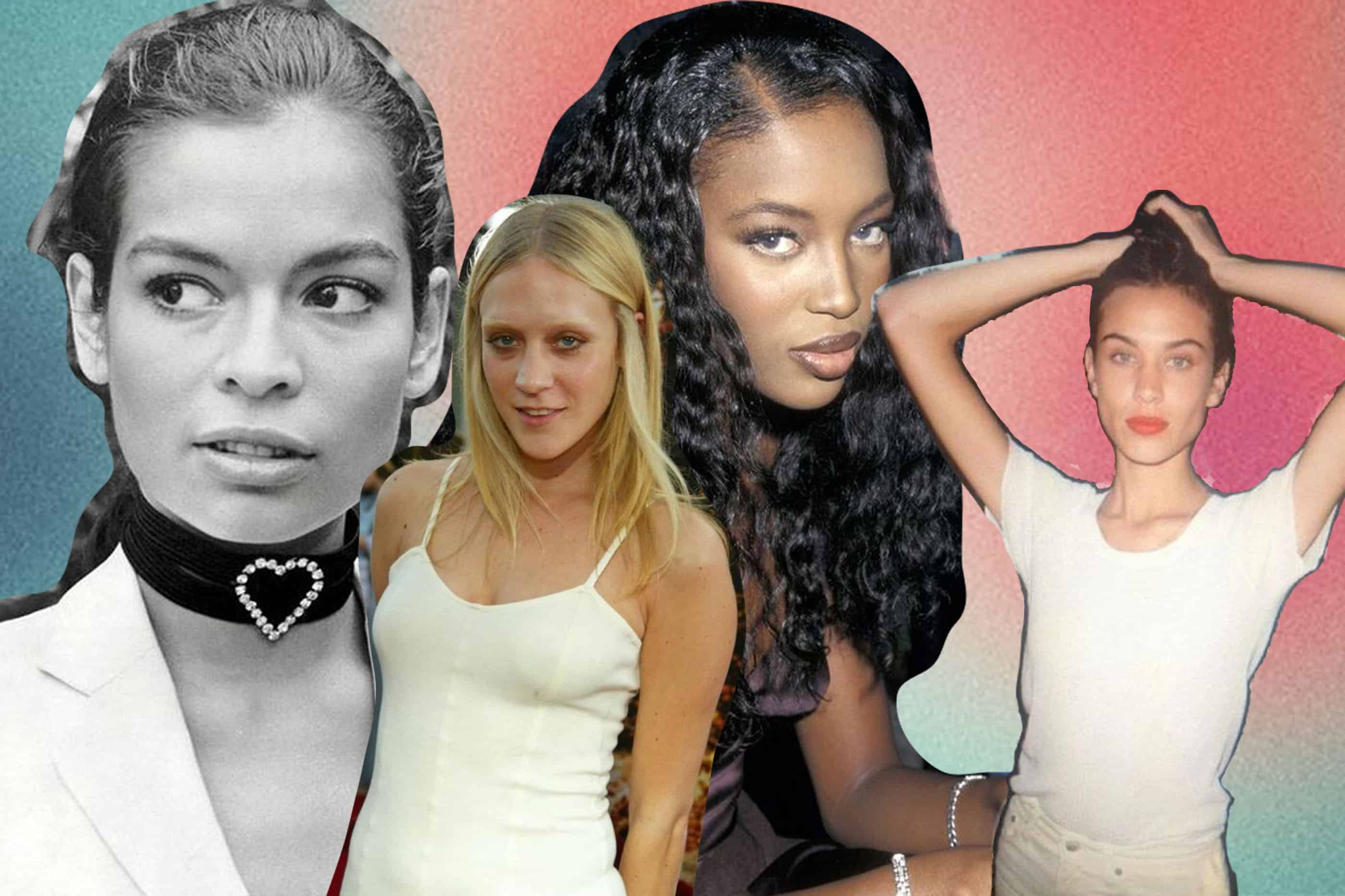
We've all worshipped an It Girl at some point and every era arrives with its own lineup of influential figures. For some that was Alexa Chung or Adwoa Aboah. Others still kiss the ground where Chloë Sevigny and Naomi Campbell walk. Lee Radziwill, Edie Sedgwick and Jane Birkin defined the 60s, Bianca Jagger the 70s and what were the 90s without its troop of Supers or the noughties sans Paris Hilton?
As far as celebrity is concerned, we have more soft It Girls now than ever before. But none can hold a crowd for long. It’s a revolving door, and each subculture has its own heroes. Yet save for Bella Hadid or (fingers crossed) Julia Fox, few seem flexible enough to keep up with the current pace. Which begs the question: where have all the It Girls gone?
Social media has disrupted our relationship with the It Girl. In a sense, platforms like Instagram and TikTok have democratised the It Girl space. It's no longer solely the media that dictate who the It Girl will be, but anyone who can click a follow button. Which means our models of aspiration have opened up, crowning more people of colour, folks of all genders, sizes and those living with disabilities the title of It Girl. It's difficult to measure if visibility or changing attitudes is responsible, but I would hazard a guess and say the former came first. So in that respect, social media has been a vehicle for good.
On the other hand, social media has given birth to a new age of scepticism. We pick public-facing people apart. We want to know how much money they're earning, what neighbourhood they live in, who their parents are. Personally, I'm good with all of this. But at some point, our scrutiny pricks the bubble of mystery necessary to keep the It Girl afloat, and we either don't like what we see or no longer care once we've had our fill of all the details. The fantasy is ruined. We move on. Which means when social media is involved, the demand to be forthcoming and vulnerable means few can hold It Girl status for long, as we’ve witnessed with Zoe Kravitz and Lily Rose Depp, who both have (for very different reasons) fallen out of public favour.
More importantly, extreme access into the lives of public figures means we can find out what someone eats, what yoga studio they go to, the green juice they drink religiously and the dermatologist they see. Which means we can devise our own recipe for what it takes to achieve the covetable It Girl status, and then use this to fuel the, ultimately contrived, fantasy of authenticity. If it worked for them, it should work for us, right? This holds true from the very top to your average person; which is how we've ended up with hoards of semi It Girls, from high brow actors and models to the lowbrow influencers and reality TV stars, all vying for our attention.
Things get tricky when you bring in capitalism. It Girl status has always been commodified and used to market possessions; buy the right shoes, dye your hair the correct colour, secure the It Bag and voila! You've ascended. You too can be an It Girl – or a simulacrum of one anyway. It's from this rung on the ladder that It Girl status is diluted.
This heavily curated image reveals a kind of self-consciousness that is, when you think about it, not very on brand for the It Girl. Plus when you mimic a style, which was born out of the interests and context of its original wearer, it can feel startlingly empty and out of place. So the only real avenue to It Girl status is to lean into your own personal style, which is a far more fulfilling (although involved) process. Which is arguably why we find Bella Hadid and Julia Fox so refreshing.
You see at its heart, the It Girl is someone who goes against the grain. They make it their business of not caring and doing things their own way. In a hyper-online world fuelled by surveillance capitalism, that's an enticing ideal. Yet somehow, brands have translated this desire for freedom and the attention its receives, into fashion, wellness and beauty, to the point where TikTok is churning out essential checklists for the It Girl flavour of the month, be it the That Girl of Clean Girl persona. Which is no coincidence.
All of which completely misses the point that what makes an It Girl isn't prescriptive, it's a spirit. It's a classic catch 22. If we're all following the same recipe, how can we go against the grain? If we look around and we're all performing the It Girl, you won't find her here.



